
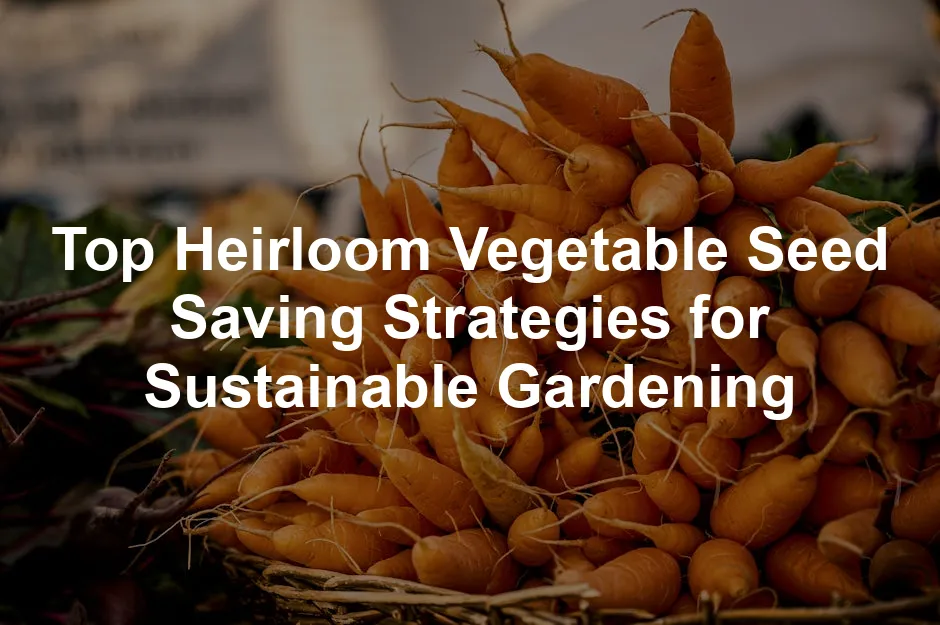
Top Heirloom Vegetable Seed Saving Strategies for Sustainable Gardening
Introduction
Sustainable gardening is the wave of the future, and heirloom seeds are like the dance partners you never knew you needed. They add character, history, and a dash of flair to your garden. Just imagine gardening as a lively waltz with Mother Nature. You plant, nurture, and harvest, but the real choreography lies in seed saving. This practice allows your garden to perform year after year, with each rotation a new act in a timeless show.
Why should you care about heirloom seeds? Well, they’re more than just pretty faces. These seeds, passed down through generations, are open-pollinated and genetically diverse. This means they adapt better to local climates and conditions. Think of them as the seasoned dancers who know the steps by heart. They’re not just cost-effective; they’re also environmentally friendly. By saving seeds, you preserve biodiversity and maintain the genetic variety that keeps our food systems robust.
Seed saving is like a dance-off without the pressure—no need to impress judges, just enjoy the rhythm of nature. You get to save money, reduce your carbon footprint, and celebrate the unique flavors these heirlooms bring to your table. Plus, you actively contribute to the preservation of plant varieties that might otherwise fade into obscurity.
So, grab your gardening gloves and get ready to learn how to dance with heirloom seeds. With a little practice, you’ll master the art of seed saving, ensuring your sustainable garden thrives for years to come. Let’s waltz our way into the world of heirloom vegetable seed saving strategies!
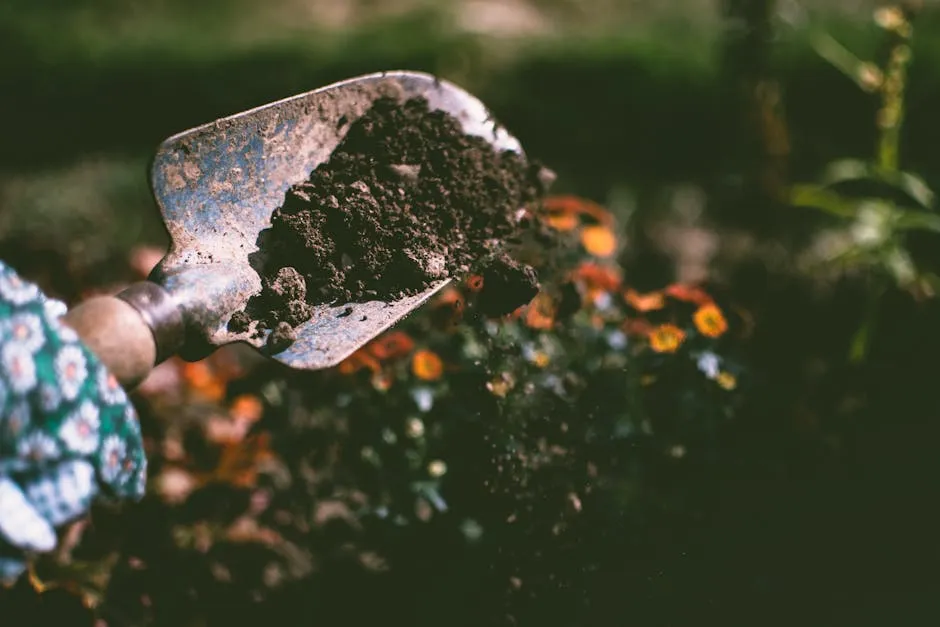
Learning about heirloom vegetable seed saving can greatly enhance your sustainable gardening efforts.
Summary
In this article, we explored the fascinating world of heirloom vegetable seeds and the vital role they play in sustainable gardening. Heirloom seeds are defined as open-pollinated varieties passed down through generations, celebrated for their unique characteristics and historical significance. By embracing seed saving, gardeners can enjoy several benefits, including cost-effectiveness, sustainability, and the preservation of biodiversity.
We discussed basic seed-saving techniques tailored to various vegetable types. These techniques ensure that you can successfully harvest and store seeds for future planting. Proper storage methods enhance seed viability, allowing you to maintain your heirloom varieties for years. Consider using seed storage envelopes to keep your precious seeds organized and safe.
Moreover, we delved into the cultural significance of heirloom gardening, highlighting its role in preserving traditions and fostering community connections. Additionally, we hinted at the exciting range of unique heirloom varieties waiting to be discovered, igniting curiosity among readers.
As you embark on your seed saving journey, remember that every seed holds a story, and each harvest contributes to a richer, more diverse gardening experience. Embrace the challenge, and let your garden flourish with the vibrant legacy of heirloom vegetables!
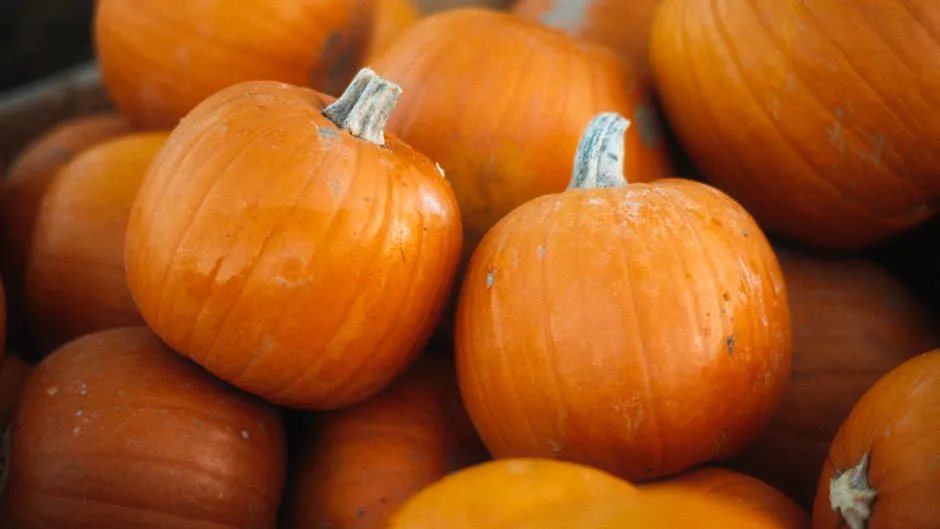
The Importance of Heirloom Seeds
Why Choose Heirloom Seeds?
Heirloom seeds are the rock stars of the gardening world. These seeds come from plants cultivated for generations, specifically those grown before the rise of hybrids in the 1950s. Their open-pollinated nature means they produce seeds that are true to the parent plant, ensuring that the next generation retains all the wonderful traits of the original.
What makes heirloom seeds stand out? Their characteristics include genetic diversity and resilience. Unlike hybrids, which are bred for specific traits, heirloom varieties adapt to local conditions over time. This adaptability can lead to improved disease resistance and better yield in your unique gardening environment. To keep an eye on moisture levels and ensure your plants thrive, consider investing in a soil moisture meter.
The cultural significance of heirloom seeds cannot be overstated. Many heirloom varieties carry rich histories, connecting gardeners to their ancestors and the traditions of generations past. Growing heirloom vegetables is like cultivating a living museum, where each plant tells a story of its heritage.
Environmentally, heirloom seeds help reduce dependence on commercial seed sources. By saving seeds from your garden, you participate in a sustainable cycle of growth, harvest, and replanting. It’s a small yet impactful way to contribute to biodiversity and ensure the survival of these unique varieties for future generations.
So, if you’re looking for a way to make your garden both productive and meaningful, heirloom seeds are undoubtedly the way to go. By choosing these gems, you’re not just planting seeds; you’re sowing the future of sustainable gardening.
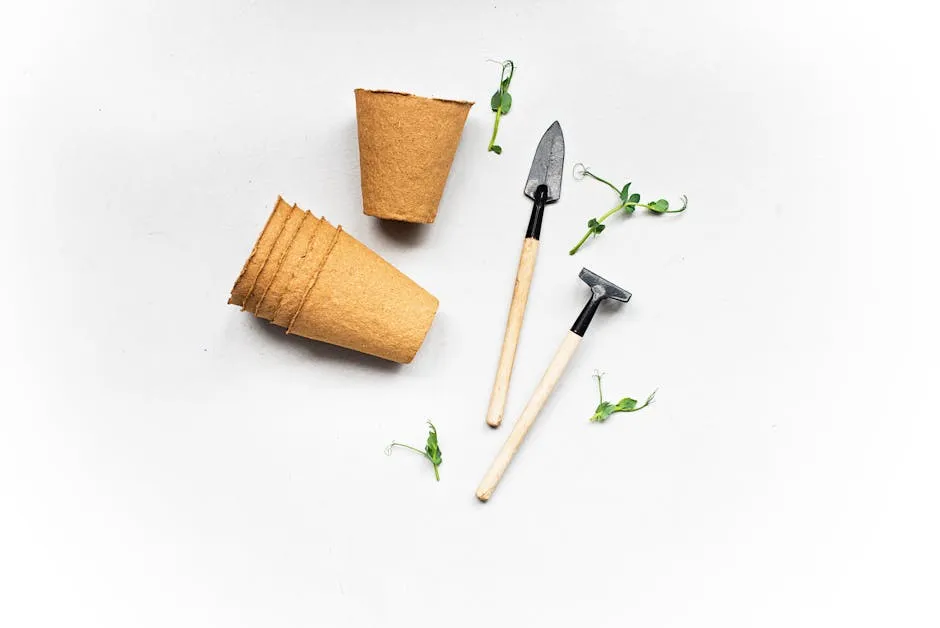
Benefits of Seed Saving
Economic Advantages
Saving seeds is a savvy gardener’s secret weapon. It’s like finding money in your winter coat—unexpected and delightful! By saving heirloom seeds, you can cut down on costs significantly. Instead of splurging on new seed packets each spring, just replant what you’ve saved. It’s a thrifty practice that helps your wallet breathe a sigh of relief. Don’t forget to stock up on some organic fertilizer to boost your plants’ growth!
Plus, think about the joy of sharing! Seeds saved from your garden aren’t just for you. Offer them up to friends and family. It’s a great way to spread the gardening love and foster connections. Imagine a neighborhood full of heirloom tomatoes, all grown from seeds you shared. If that’s not a community spirit booster, what is?

Improved Crop Quality
Ever tasted a tomato so flavorful that it made your taste buds do a happy dance? That’s the magic of heirloom vegetables! When you save seeds from the best-performing plants, you’re setting yourself up for success. Each plant has its own unique traits. By saving seeds from the tastiest, healthiest plants, you can cultivate a garden filled with superior quality crops.
Heirloom vegetables are often packed with flavors and nutrients that commercial varieties can’t touch. They weren’t bred for durability in shipping or shelf life; they were bred for deliciousness. Think of it as a culinary treasure hunt, where every seed holds the potential for a mouthwatering harvest! To help with your garden’s upkeep, a garden kneeler and seat can help you work in comfort!

Connection to Gardening Traditions
Seed saving is more than just a practical task; it’s a beautiful tradition. Across cultures, generations have gathered to save seeds, sharing stories and laughter along the way. This practice connects us to our roots, reminding us of our ancestors’ wisdom. Each heirloom seed carries a history, a legacy waiting to be passed on.
Experienced gardeners often share anecdotes about their seed-saving adventures. One gardener might recall the joy of planting seeds from their grandmother’s garden, while another might talk about the thrill of discovering a long-lost variety. These stories not only enrich our gardening experience but also weave a fabric of community and culture.
As you save seeds, you’re not just preserving plants; you’re keeping traditions alive. So, grab those seeds, share them, and relish in the joy of connecting with the natural world and the people around you. Each seed saved is a step toward nurturing a sustainable future, rooted in history and shared experiences. And if you’re looking to document your journey, a garden journal might be just what you need!

Best Practices for Seed Saving
Selecting the Right Plants
Choosing the right plants is crucial for successful seed saving. Start by selecting healthy, disease-free plants. These plants are more likely to produce viable seeds. Think of it this way: a healthy plant is like a strong dancer. It will pass on its good traits to the next generation.
Now, let’s talk about pollination. There are two main types of plants when it comes to seed saving: self-pollinating and cross-pollinating. Self-pollinating plants, like tomatoes and beans, can fertilize themselves. This means they’re easier to save seeds from. You can plant a few of them and expect true-to-type seeds.
Cross-pollinating plants, such as squash and corn, require pollen from another plant to produce seeds. This can complicate seed saving. It’s best to isolate these plants from others of the same species. Use physical barriers or plant them far apart. This way, you’ll avoid any accidental crossbreeding.
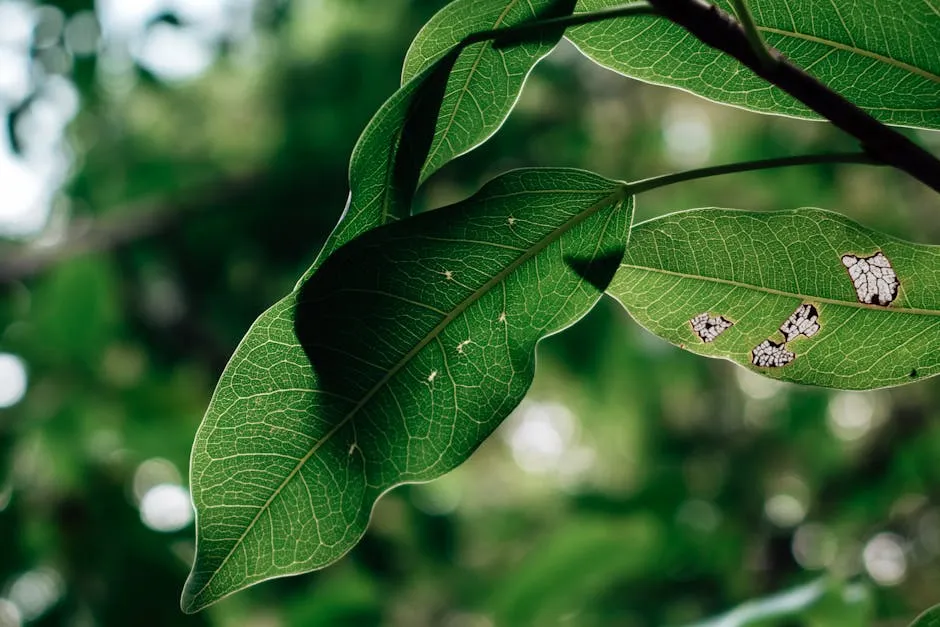
Techniques for Saving Seeds
Wet Seeds (e.g., Tomatoes, Cucumbers)
Saving wet seeds can be a fun process. For tomatoes and cucumbers, fermentation is key. Here’s how it works:
- Harvest Ripe Fruit: Wait until the fruit is fully ripe. The riper, the better!
- Extract Seeds: Slice the fruit open and scoop out the seeds and pulp into a container.
- Add Water: Pour water into the container until it covers the seeds.
- Ferment: Leave the container in a warm spot for about three days. Stir daily. This fermentation helps remove the gelatinous coating around the seeds.
- Rinse: After three days, pour out the water. Rinse the seeds to clean off any remaining pulp.
- Dry: Spread the seeds on a paper towel or a mesh screen. Let them dry completely, ideally for a week.
Once dry, store your seeds in a cool, dark place in labeled envelopes or jars. This method ensures you’re ready to plant next season! And remember, a trowel set can make digging and planting much easier!
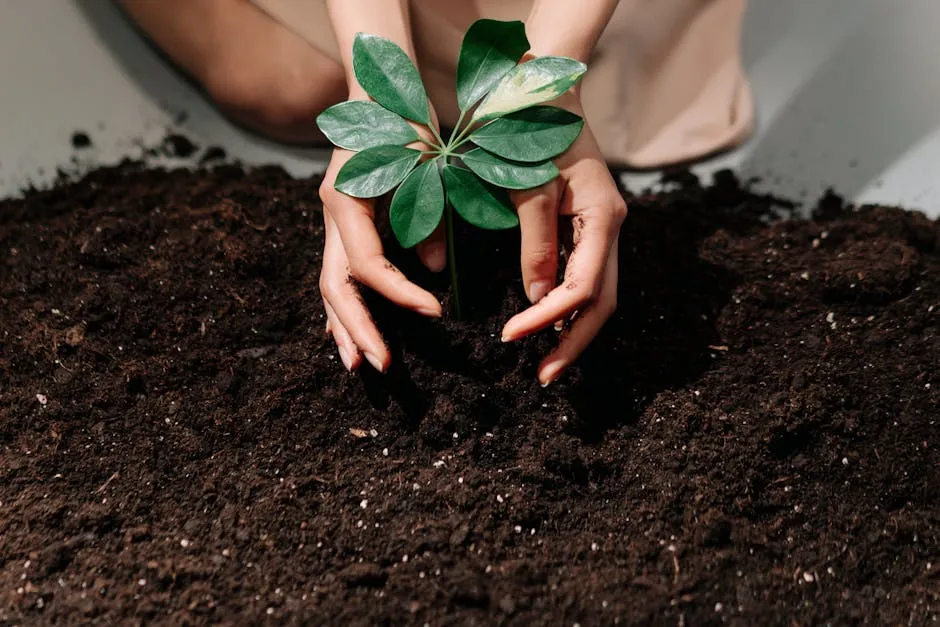
Dry Seeds (e.g., Beans, Peas)
Drying seeds requires a keen eye for timing. You want to make sure the seeds are fully mature. Here’s how to do it:
- Observe: For beans and peas, let the pods dry on the plant until they turn brown and rattle when shaken. This indicates they are ready for harvest.
- Harvest: If the weather threatens rain or frost, pick the pods and hang them upside down in a dry area. This helps them finish drying.
- Shell the Seeds: Once fully dried, shell the seeds from the pods. Do this gently to avoid damaging them.
- Air Dry: Spread the seeds out on a cookie sheet or a clean surface for a few days to ensure they’re thoroughly dry. Check regularly for any signs of mold.
- Store: Once dry, store in a glass jar or a paper envelope. Label them with the type, variety, and date saved.
Following these steps will help you save dry seeds effectively, ensuring they remain viable for planting in the following seasons. With practice, you’ll become a pro at seed saving, ready to dance your way into sustainable gardening!

Storage Methods
When it comes to seed storage, the right conditions can make all the difference. First off, keep your seeds cool and dry. Ideal temperatures hover between 32°F and 41°F. Your refrigerator is a great spot for this. Just remember to avoid the freezer unless you’re using desiccants. Silica gel packets can help absorb moisture and keep seeds from sprouting prematurely.
Moisture is a seed’s worst enemy. Those little guys love to stay dry. If seeds absorb too much moisture, they may sprout or develop mold. So, ensure your storage containers are airtight. Glass jars or paper envelopes work well. Don’t forget to label each container with the seed type and the date saved. This little step will save you from playing “guess the seed” next season!
Tracking seed viability is another key aspect. Save seeds from healthy plants and keep an eye on their performance. Most seeds remain viable for several years, but it’s wise to use them within the first year or two for optimal germination. Consider keeping a gardening journal. Note the seed type, planting date, and any observations. This way, you can see which seeds thrive in your unique microclimate and make informed decisions next time.
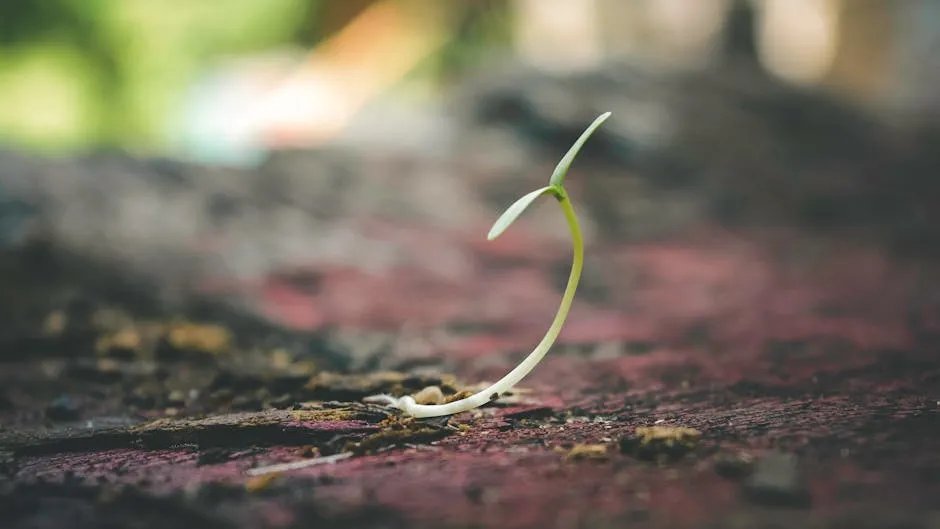
Common Mistakes to Avoid
Seed saving is an art, but even the best artists can make mistakes. One of the biggest blunders? Saving seeds from hybrid plants. Hybrids often don’t produce true-to-type offspring. Instead, you might end up with a surprise mix of traits that could resemble something from a sci-fi movie. Stick to open-pollinated heirloom varieties for reliable results.
Improper storage is another common pitfall. Seeds need the right conditions to thrive. If you leave them in a humid shed or a hot garage, you’re setting them up for failure. Remember, moisture and heat are not your friends. Always store seeds in cool, dark places, and use airtight containers to prevent moisture from sneaking in.
Another rookie mistake involves not keeping records. If you don’t track which seeds you save, you may forget what you’ve got stashed away. Keep a log that includes the variety, date of saving, and any other notes. This practice will help you identify your most successful plants and those that may need a little extra love next season.
Neglecting to choose the right plants for seed saving can also lead to disappointment. Always select seeds from the healthiest, most vigorous plants. Avoid saving seeds from plants that show signs of disease or poor performance. Why waste time saving seeds from plants that won’t contribute to your future garden success? And to keep track of your plants, consider using plant labels to identify your varieties!
Lastly, don’t forget to research each plant’s pollination methods. Some plants are self-pollinating, while others require cross-pollination. For cross-pollinating plants, isolation is key. If you don’t separate them, you might end up with a new, unrecognizable variety. Use physical barriers or plant them at a distance to maintain purity.
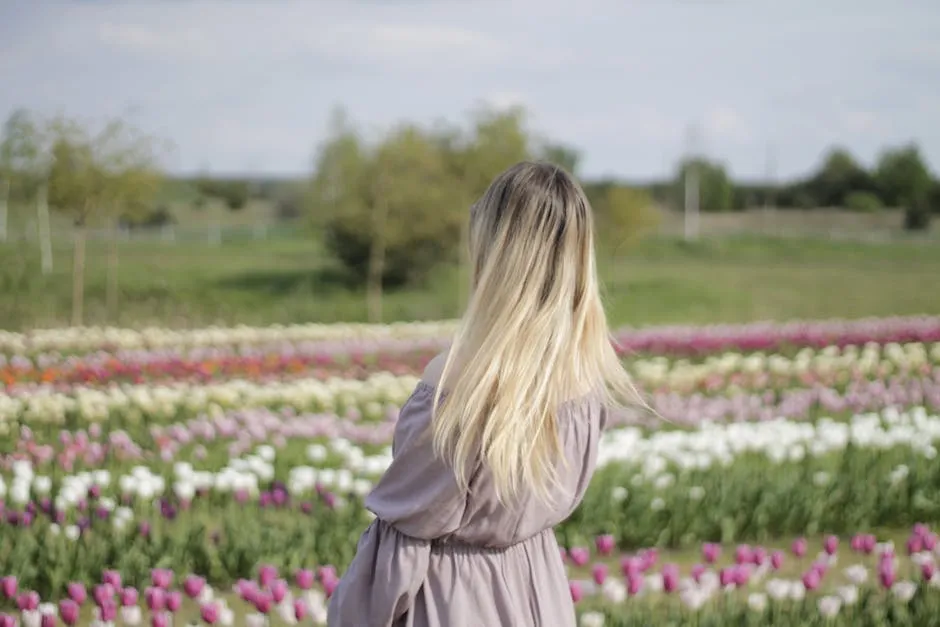
FAQs
What are heirloom seeds?
Heirloom seeds are the stars of the gardening show! These seeds come from plants that have been cultivated for generations, typically before 1951. They are open-pollinated, meaning they can produce seeds that resemble the parent plant. Heirloom seeds come with distinct traits, often showcasing vibrant colors, unique flavors, and robust resilience. These seeds are treasured for their genetic diversity, making them vital for sustainable gardening.
How do I know if a seed is heirloom?
Identifying heirloom seeds can be a fun treasure hunt! Look for seeds that are labeled as ‘heirloom’ or ‘open-pollinated’ from reputable seed suppliers. Research the specific varieties you’re interested in. Heirloom seeds usually have a backstory, often passed down through families or communities. If a seed variety has been in cultivation for 50 years or more, it’s likely an heirloom. Remember, hybrids will not produce true-to-type offspring, so steer clear of those!
Can I save seeds from hybrid plants?
Saving seeds from hybrid plants is like trying to catch smoke with your bare hands—it just doesn’t work! Hybrid seeds are engineered through controlled pollination, leading to offspring that can vary significantly from the parent. Essentially, they’re like mismatched dance partners that don’t know the steps. For reliable results, stick to heirloom or open-pollinated varieties, ensuring that your saved seeds will produce the same delightful plants year after year.
How long do saved seeds last?
The longevity of saved seeds can vary widely, but proper storage makes all the difference! Generally, seeds can remain viable for several years if stored correctly. Factors affecting seed longevity include temperature, humidity, and light exposure. Cool, dry, and dark conditions are ideal—think of a secret garden hideaway for your seeds. Most seeds last about 3 to 5 years, but some like tomatoes can last even longer. Always check for signs of viability before planting!
What are some easy vegetables to start with for seed saving?
If you’re just starting out, consider planting these easy-to-save veggies: tomatoes, beans, and peas. Tomatoes are self-pollinating and yield a bounty of seeds. Beans are a snap, as they dry on the plant, making harvesting a breeze. Peas also provide a straightforward seed-saving experience. With these options, you’ll feel like a seed-saving superstar in no time!
How can I share saved seeds with others?
Sharing seeds is like tossing confetti at a celebration—everyone loves it! You can organize seed exchanges with fellow gardeners, either in person or online. Consider starting a community seed bank or participating in local gardening clubs. Social media is also a fantastic platform for spreading the seed-saving love. Just remember to label your seeds clearly, including the variety and the year saved. Happy sharing!
Please let us know what you think about our content by leaving a comment down below!
Thank you for reading till here 🙂
All images from Pexels



